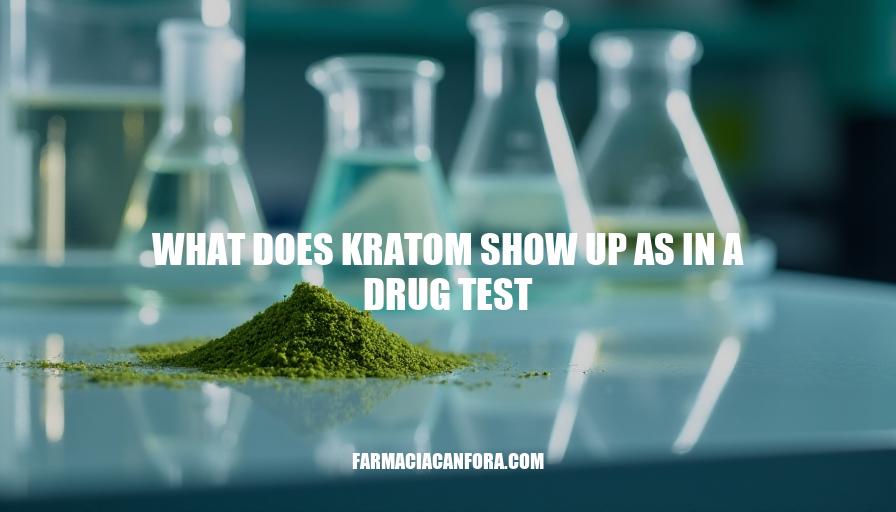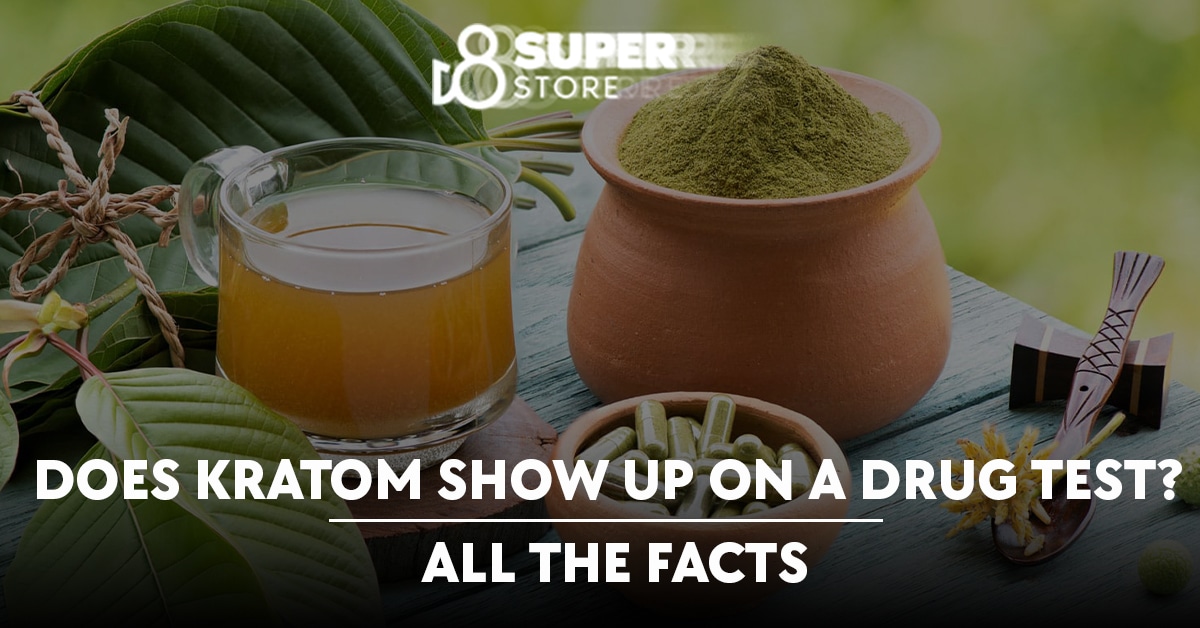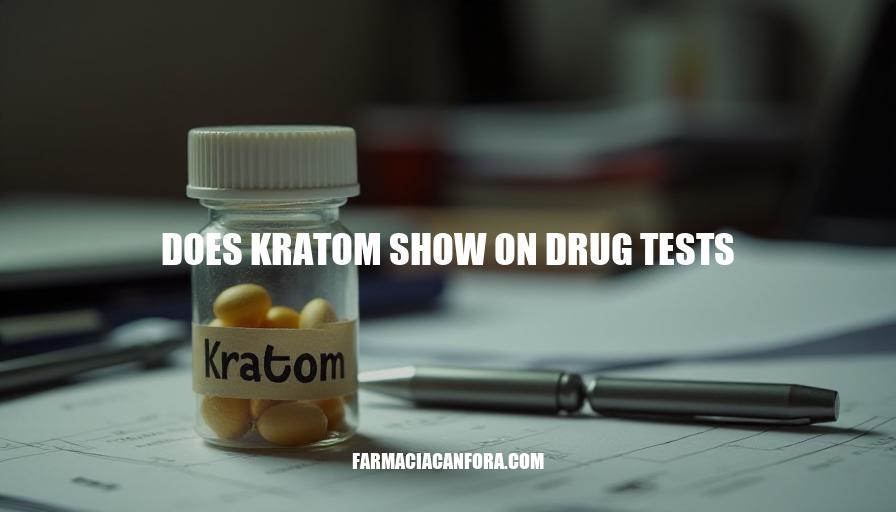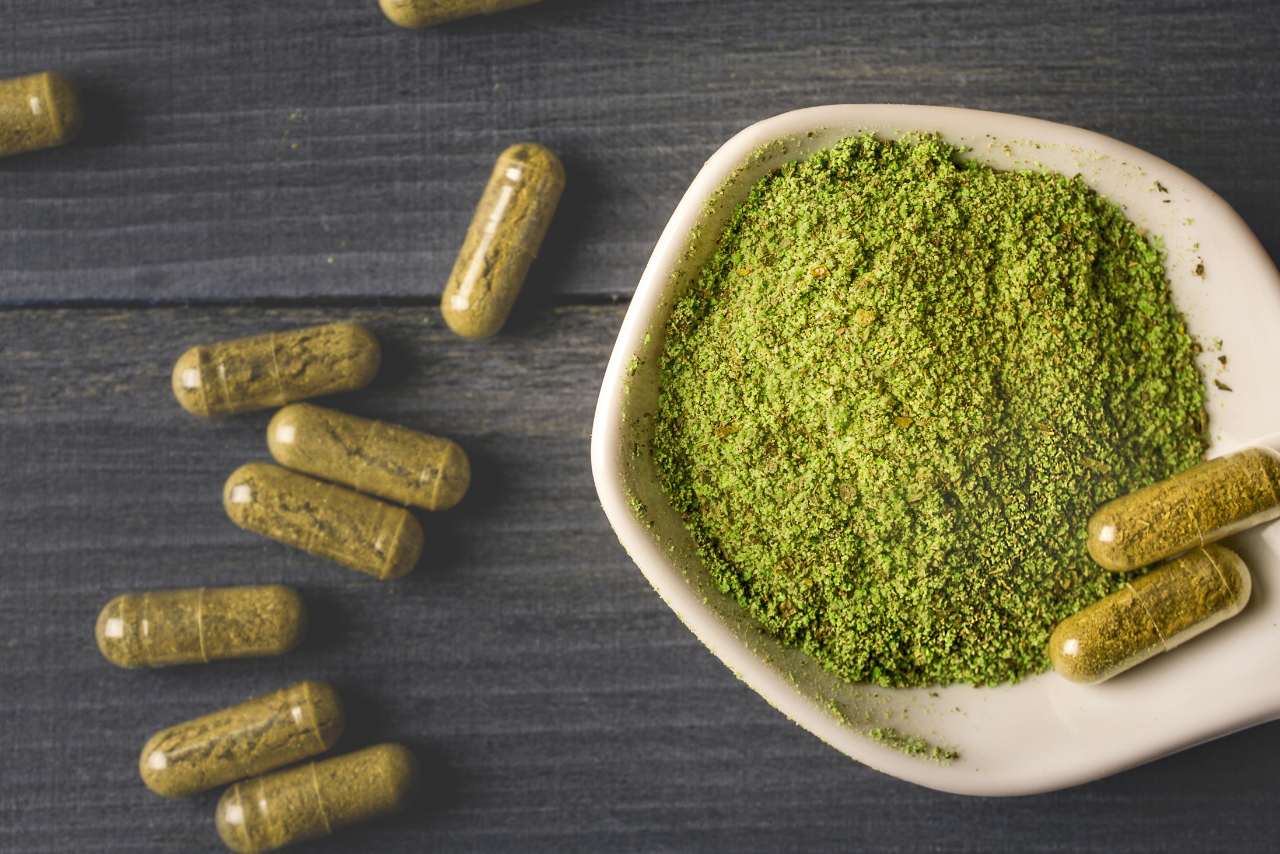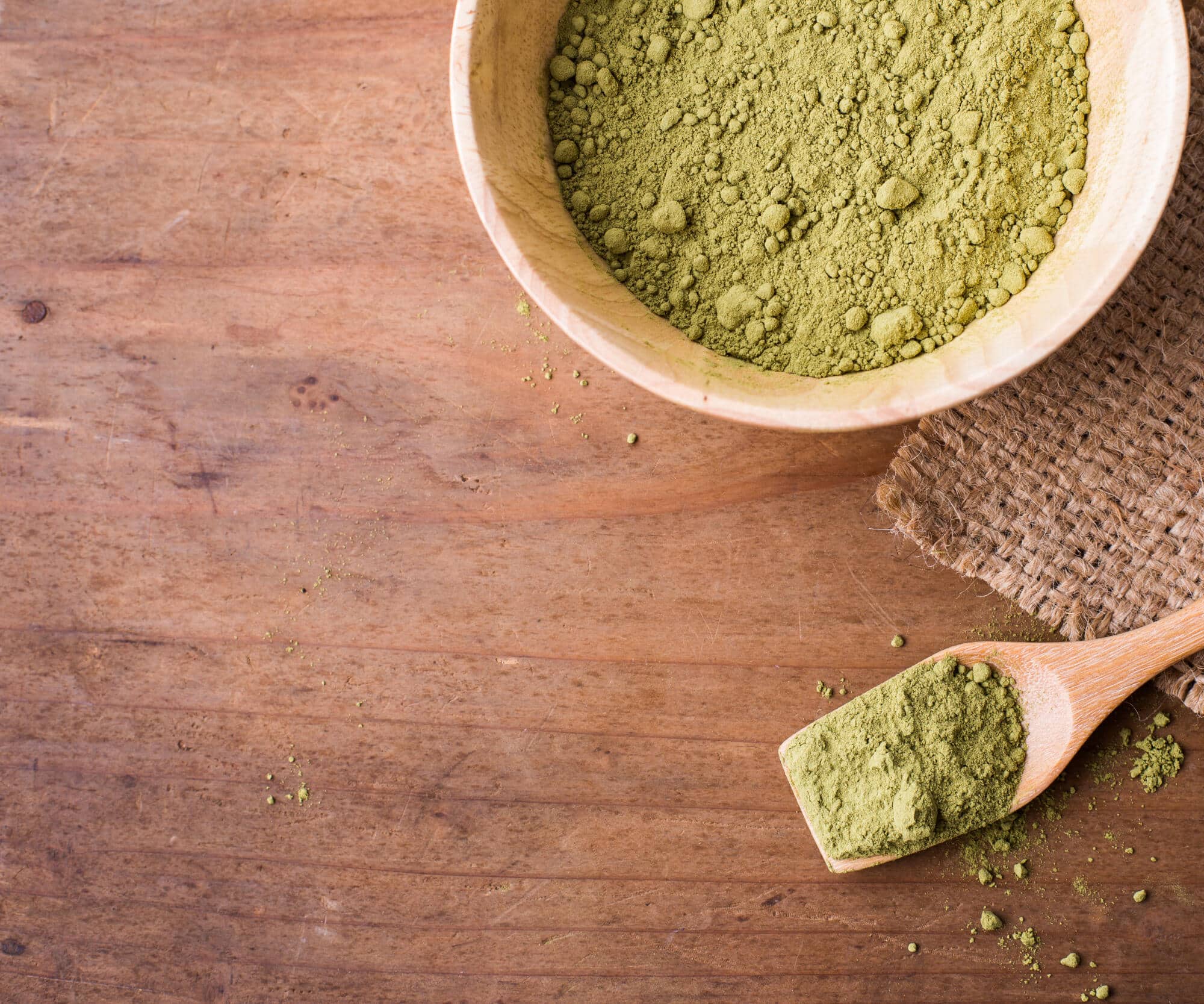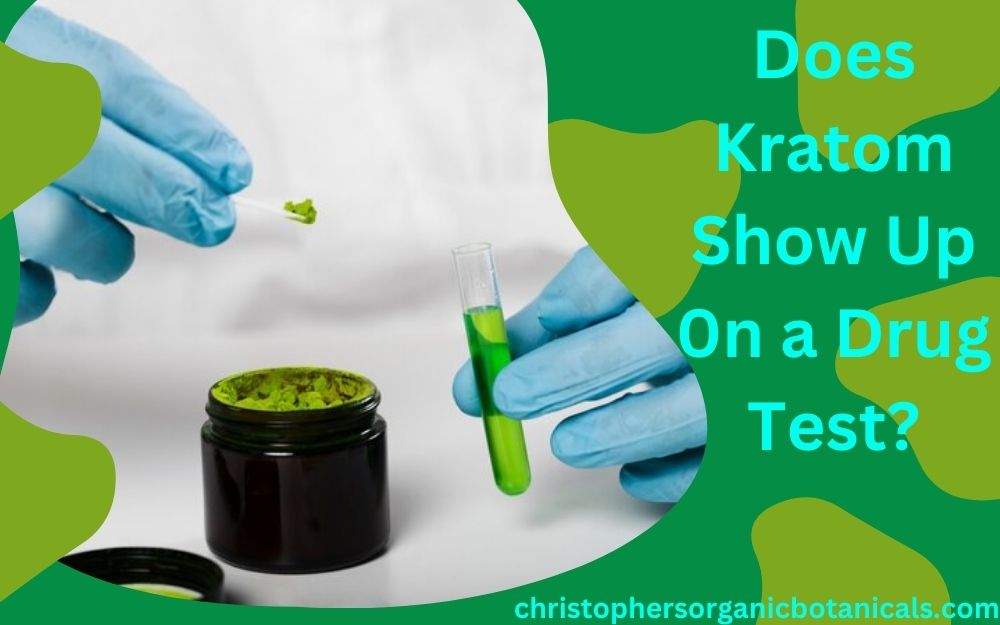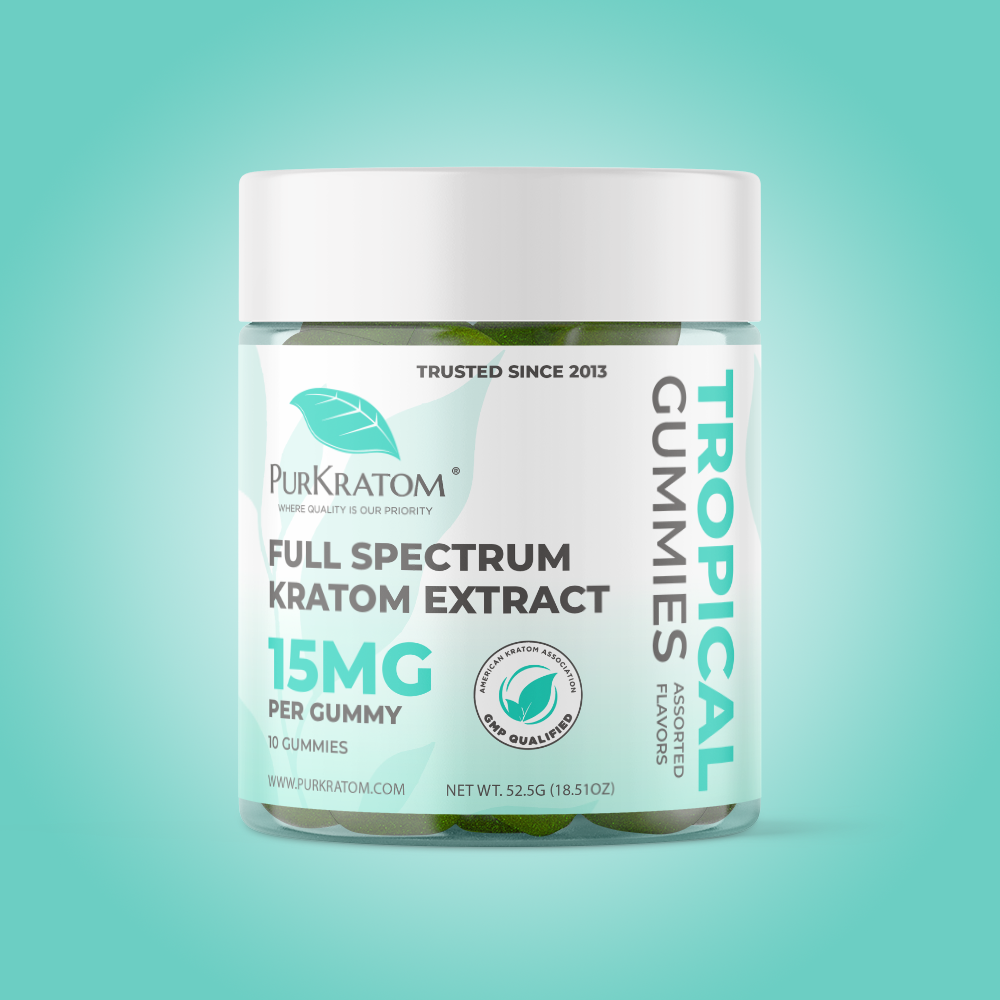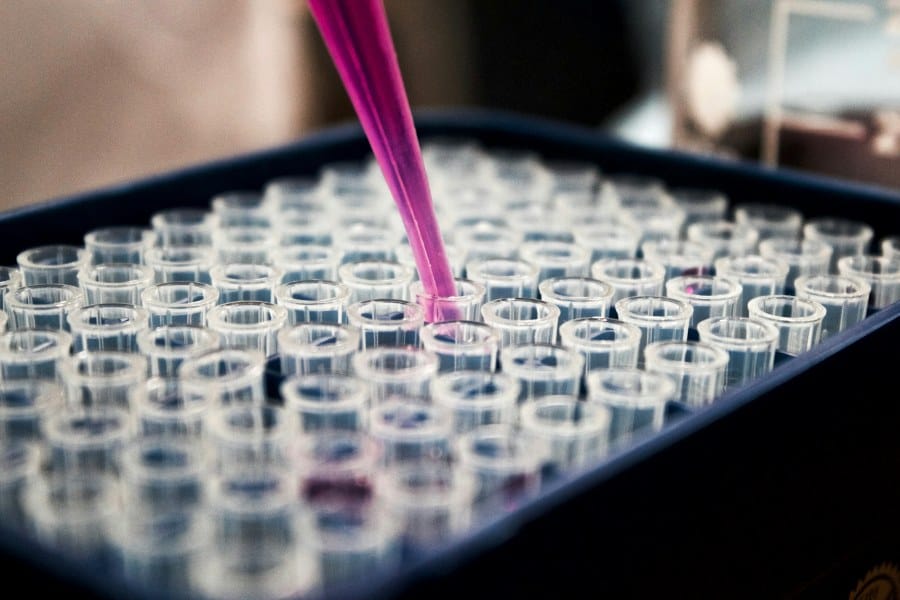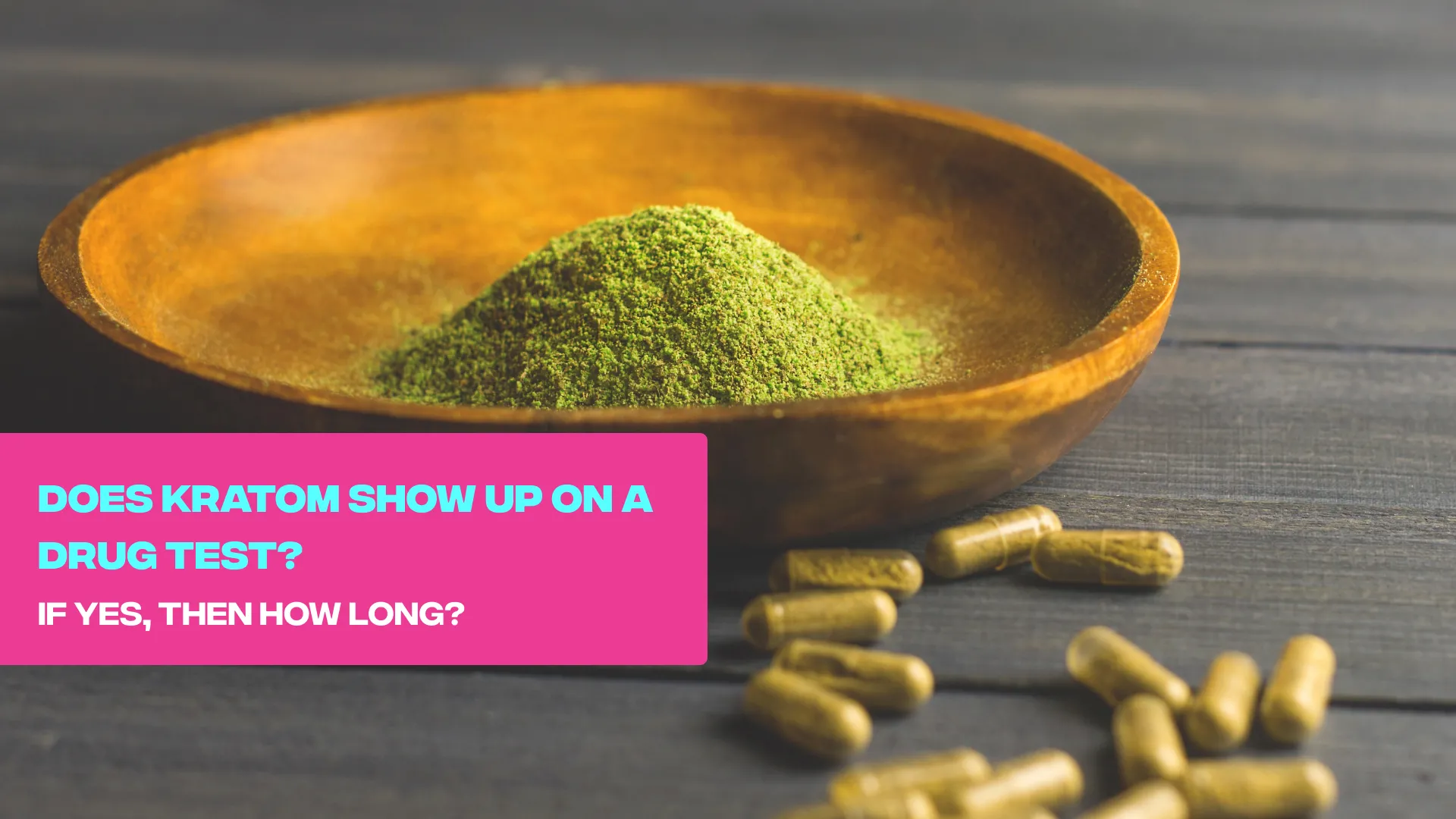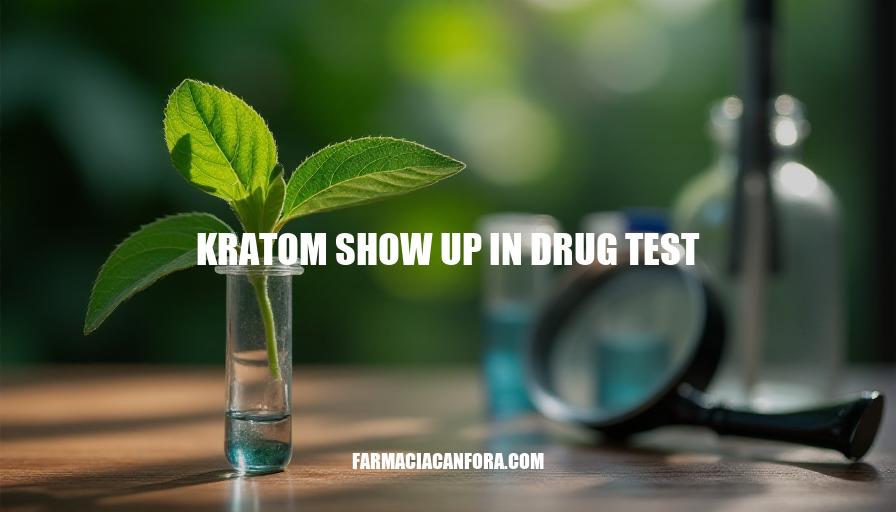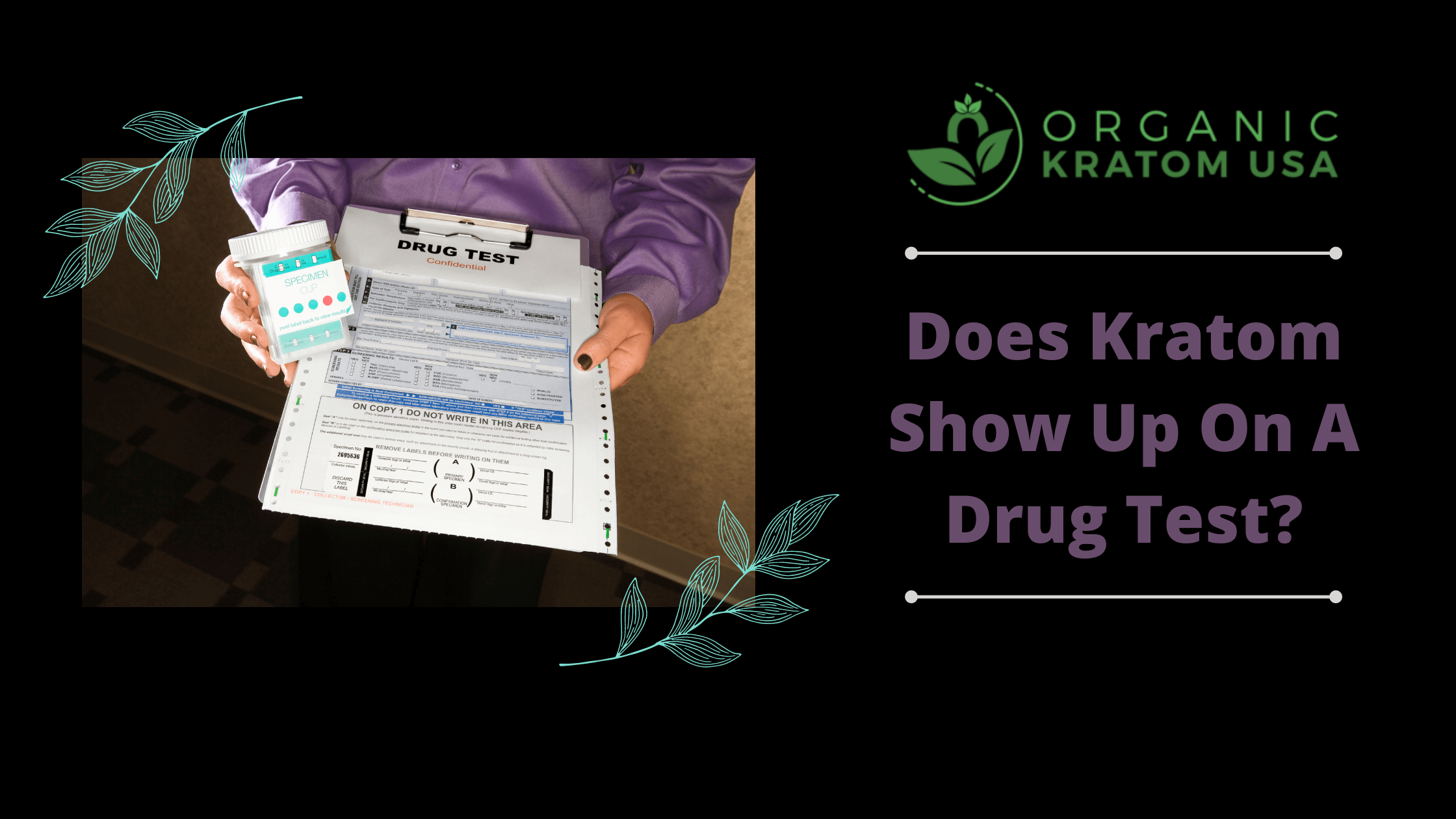Does Kratom Show Up In Test

The increasing popularity of kratom, a Southeast Asian plant known for its stimulant and opioid-like effects, has raised concerns and questions regarding its detectability in standard drug tests. This has become particularly relevant for individuals subject to workplace drug screenings, pain management programs, or legal proceedings.
This article explores whether kratom use can be detected through common drug testing methods, delving into the specifics of detection windows, testing methodologies, and the implications for individuals who consume kratom. Understanding the nuances of kratom detection is crucial for both users and those responsible for administering drug tests.
Kratom and Drug Testing: The Basics
Kratom contains several active compounds, primarily mitragynine and 7-hydroxymitragynine. These compounds interact with opioid receptors in the brain, producing effects ranging from pain relief and mood enhancement to stimulation, depending on the dosage.
Standard drug tests, such as those used for pre-employment screenings or probation, are typically designed to detect illicit substances like opioids, amphetamines, cocaine, and marijuana. Kratom is generally not included in these standard panels.
Is Kratom Specifically Tested For?
The key question is whether kratom requires specific testing, and the answer is generally yes. Standard immunoassays are not designed to identify mitragynine or 7-hydroxymitragynine.
However, specialized laboratory tests can be conducted to detect these compounds in urine, blood, or saliva. These tests often involve techniques like gas chromatography-mass spectrometry (GC-MS) or liquid chromatography-mass spectrometry (LC-MS), which are highly sensitive and capable of identifying specific substances.
Detection Windows and Testing Methods
The detection window for kratom varies depending on the testing method and individual factors such as metabolism, dosage, and frequency of use.
Urine tests are the most common method for detecting kratom. According to several sources and lab testing providers, kratom can be detected in urine for approximately 1 to 7 days after the last use.
Blood tests offer a shorter detection window, typically around 1 to 3 days. Hair follicle tests, while having a longer detection window (up to 90 days), are less common for kratom due to higher costs and complexities.
Saliva tests can detect kratom for a period ranging from 1 to 3 days, similar to blood tests.
Factors Influencing Detection
Several factors can influence the detectability of kratom in drug tests. Metabolic rate plays a significant role, with individuals having faster metabolisms processing and eliminating the compounds more quickly.
Dosage and frequency of use are also crucial. Higher doses and more frequent use can lead to longer detection times. Individual physiology, including hydration levels and kidney function, can also impact the elimination process.
Implications for Kratom Users
For individuals who consume kratom, understanding the possibility of detection is paramount. If subject to drug testing, especially in situations like pain management programs or legal settings, transparency with healthcare providers or relevant authorities is advisable.
Failure to disclose kratom use when it is specifically being tested for can lead to negative consequences, including dismissal from programs or legal repercussions.
The Evolving Landscape of Kratom Testing
The availability and utilization of specific kratom drug tests are growing as kratom's prevalence and scrutiny increase. Some employers and organizations are beginning to include kratom in expanded drug screening panels, particularly in safety-sensitive industries.
Laboratories are also becoming more adept at developing and refining testing methodologies for kratom and its metabolites.
Legal and Regulatory Considerations
The legal status of kratom varies significantly across different states and municipalities in the U.S. and internationally. Some jurisdictions have banned or restricted its sale and use, while others allow it without regulation.
This patchwork of legal frameworks complicates the issue of drug testing, as individuals may be subject to testing requirements based on local laws and employer policies.
"It's important for individuals to be aware of the specific laws and regulations in their area regarding kratom," says Dr. Jane Doe, a toxicologist at a leading drug testing laboratory. "Understanding the legal landscape can help them navigate potential drug testing situations effectively."
The Need for Clear Communication
Clear and open communication between kratom users, healthcare providers, and employers is essential to avoid misunderstandings and ensure compliance with drug testing requirements. If kratom use is relevant, disclosing this information can prevent unintended consequences.
For employers and organizations, implementing transparent drug testing policies that clearly specify which substances are being tested for, including kratom if applicable, is crucial for fairness and consistency.
Conclusion
While kratom is not typically detected in standard drug tests, specialized tests are available and becoming more common. Understanding the detection windows, influencing factors, and legal considerations is essential for individuals who use kratom and those responsible for administering drug tests.
As kratom's popularity and regulatory scrutiny continue to evolve, staying informed about testing methodologies and legal frameworks will be crucial for navigating the complexities surrounding its detection and use.
